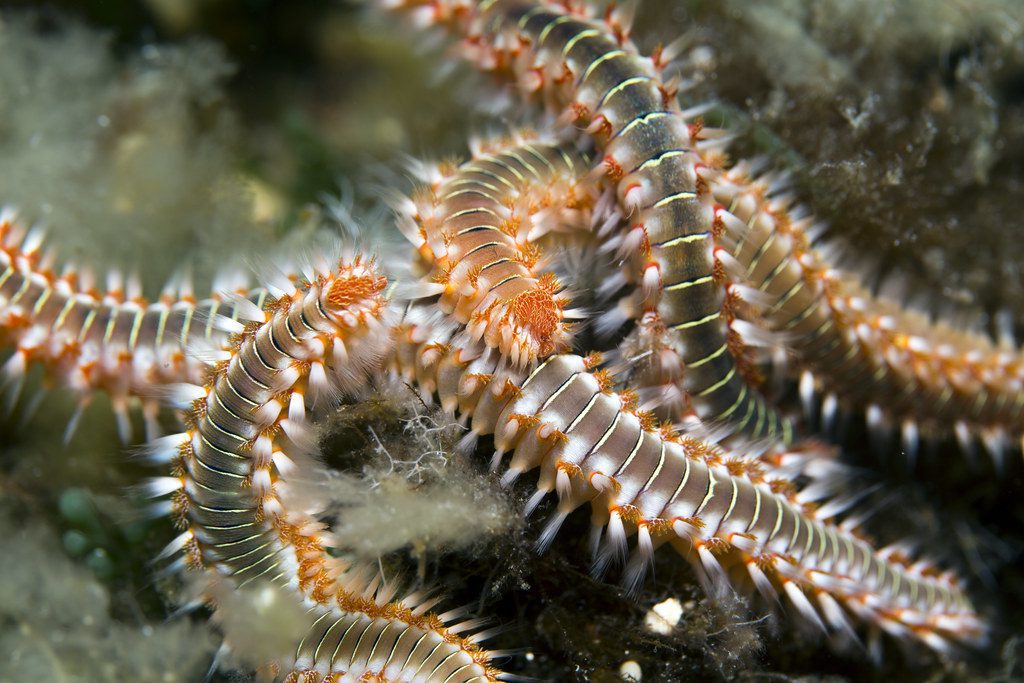Bristle worms are a common problem in salt water tanks and can be quite difficult to eliminate once they have established themselves in your tank. These pests are usually harmless and can even be beneficial, eating excess food and waste, but they can become a problem if they overpopulate. Here are some tips on how to identify and eliminate bristle worms in your salt water tank.
Identification: Bristle worms can be easily identified by their segmented bodies and the long, bristly setae (or “bristles”) that cover their bodies. These worms are usually brown, red, or green and can grow up to 12 inches in length. They are most active at night and tend to hide during the day. It’s important to distinguish bristle worms from fire worms, which are also common in salt water tanks.
Fire worms have a similar appearance to bristle worms, but they are usually a brighter red or orange color and have fewer bristles. Fire worms also have a more aggressive behavior and can deliver a painful sting, so it’s important to identify them correctly.
Elimination
- Manual removal: The easiest way to eliminate bristle worms is to physically remove them from your tank. Wear gloves to protect your hands from their bristles, and use a pair of tweezers or a long tool to pick them up. Be sure to remove as much of the worm as possible, including the segments that may have detached.
- Fish predators: Some fish species, such as the six-line wrasse, are known to feed on bristle worms. Consider adding one of these fish to your tank to help control the population.
- Chemical treatments: Chemical treatments can be effective in killing bristle worms, but they can also harm other inhabitants of your tank. Before using any chemical treatments, make sure to research the specific product and its potential effects on your tank.
- Natural treatments: Some aquarists have had success using natural treatments such as diatomaceous earth or vinegar to eliminate bristle worms. However, these treatments can also harm other inhabitants of your tank, so use them with caution.
- Traps: Another way to eliminate bristle worms is to use traps. These can be purchased from aquarium supply stores or made at home using materials such as PVC pipes or plastic containers. Place the trap in your tank overnight with food inside, and the worms will be drawn to the bait. Be sure to dispose of the trapped worms properly.
Dipping Coral
Dipping coral is another effective method to eliminate these pests. The process involves removing the coral from the tank and dipping it in a solution designed to kill saltwater pests. This solution is usually a combination of water and a chemical treatment, such as hydrogen peroxide. This method is safe for both the coral and the other inhabitants of the tank and is a great way to eliminate bristle worms that may be hiding within the coral’s crevices.
Prevention
The best way to prevent a bristle worm infestation is to keep your tank clean and free of excess food and waste. Regular water changes and thorough cleaning of live rock and other decorations can help prevent an overpopulation of bristle worms.
In conclusion, bristle worms can be a problem in salt water tanks if they overpopulate. However, with proper identification and elimination methods, including dipping coral, you can keep your tank free of these pests. Remember to always research any treatments before using them, and to keep your tank clean to prevent future infestations.


